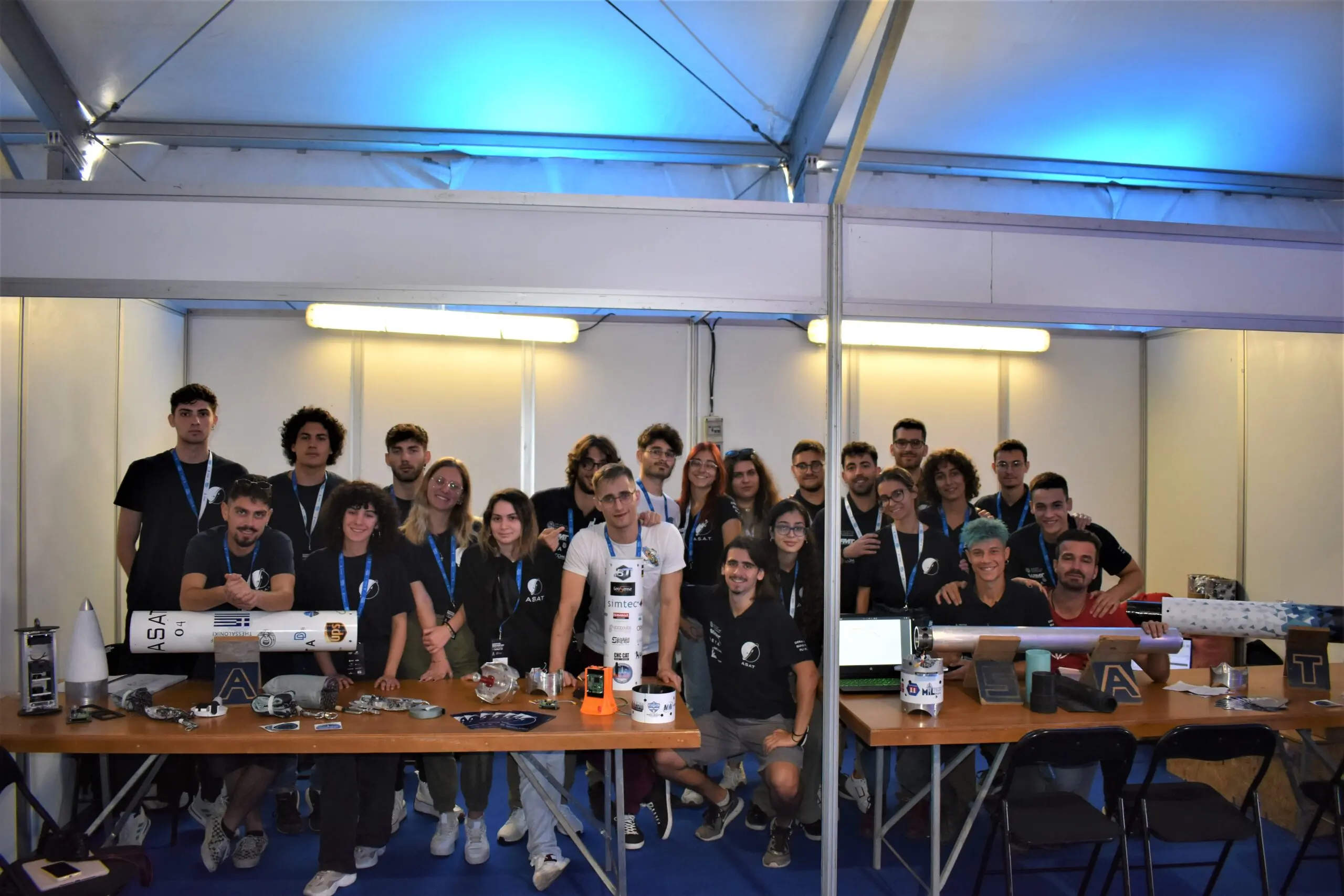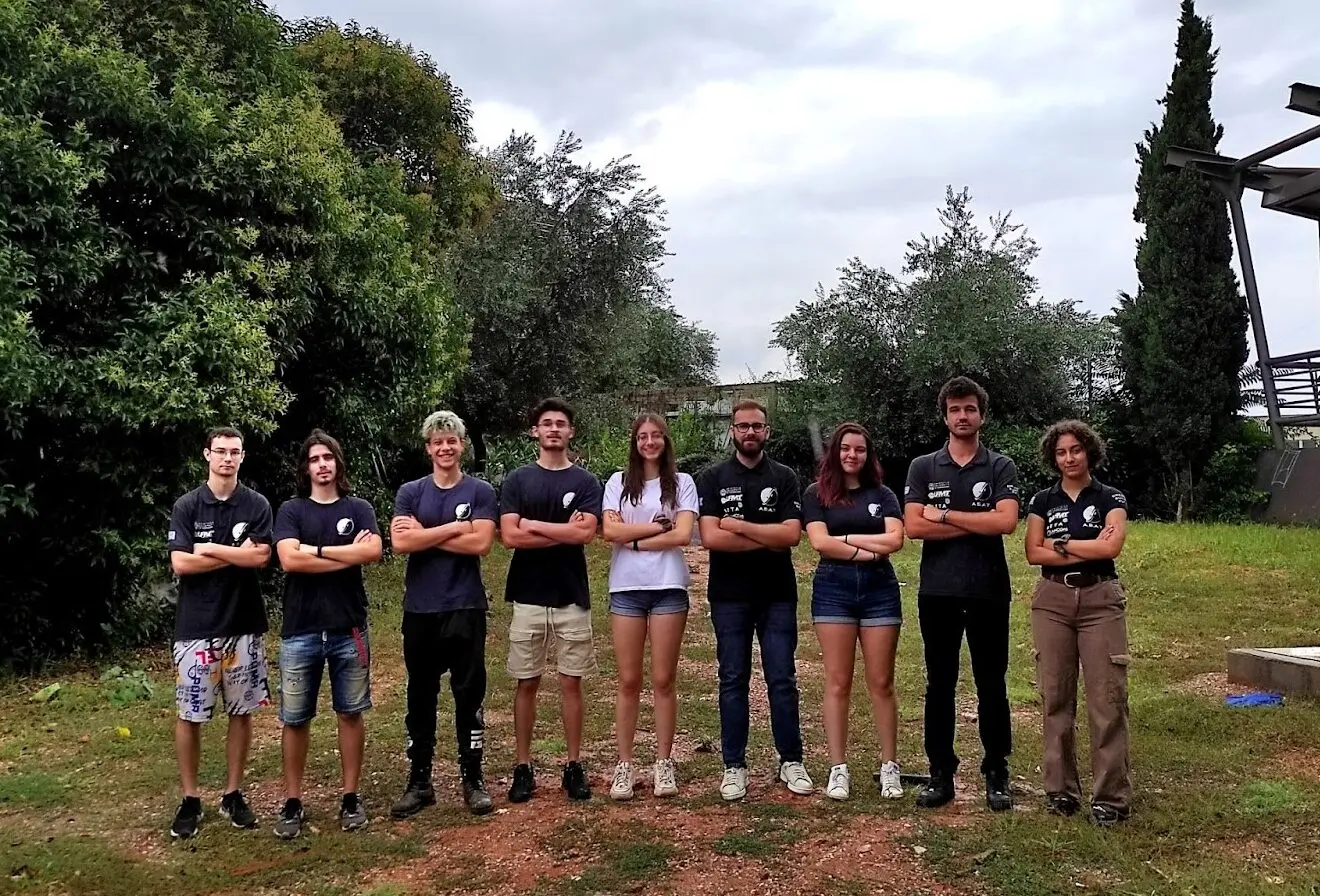Performing a mission in space without question requires a rocket and a satellite. Using the rocket, the satellite is placed into orbit around our planet and remains in space until the mission is performed or the satellite reenters the atmosphere. When that, happens it disintegrates by the high temperatures reached due to friction with atmospheric particles. But you must be careful: If the satellite is placed in a low altitude, it will reenter the atmosphere faster than expected and you won’t have enough time to complete the mission. If you choose a higher altitude, the orbital lifetime will be extended to many years, increasing the probability of creating new space debris. What would you do?

This is only one of the questions which the Trajectory sub-team has to answer. Our CubeSat, being a relatively small satellite, is ideal to maximize the orbital lifetime for a low earth orbit. There is also no thrusting system on board, meaning there is no way to change the satellite’s orbit once it is placed into a specific one, a fact that must be considered. It is therefore critical to perform a mission analysis before the launch. This way the mission duration and the probability of colliding with another satellite is determined beforehand.

Space is an unforgiving environment: There is no atmosphere to protect you from harmful radiation, and the situation gets worse when charged particles are trapped by Earth’s magnetic field (the so called Van Allen radiation belts, which are extremely harmful for both humans and electronics). Therefore, a study to model the effects of radiation on electronic components must be conducted. It is also important to know how long you can communicate with the CubeSat via the Ground Station for a given day. This way you can be sure that there is enough time to download the scientific and telemetry data from the satellite (study of the communications window).
To achieve all of this, the Trajectory sub-team, relying on a strong theoretical background and the assistance of simulation software like STK, GMAT, STELA, DRAMA/MASTER, SPENVIS and OMERE, performs the required analysis. The team has completed a full mission analysis for a possible deployment from the International Space Station (at an altitude of 400 km and an inclination of 51.6 degrees). In the following months the team will perform studies for a variety of launch methods which might be used to place our CubeSat into orbit.

The Trajectory sub-team consists of 4 members, all of whom are undergraduate Physics students of the Aristotle University of Thessaloniki. Currently, Anastasis is reviewing some specific standards and documentation regarding the near-Earth space environment. Asimis is currently studying the newly introduced requirements for the analysis and how to use the programs involved. Vasilis is simulating different scenarios with DRAMA/MASTER, a program developed by the European Space Agency, to study space debris. Mary currently works with STK, the application which we primarily use to study the communications window.




